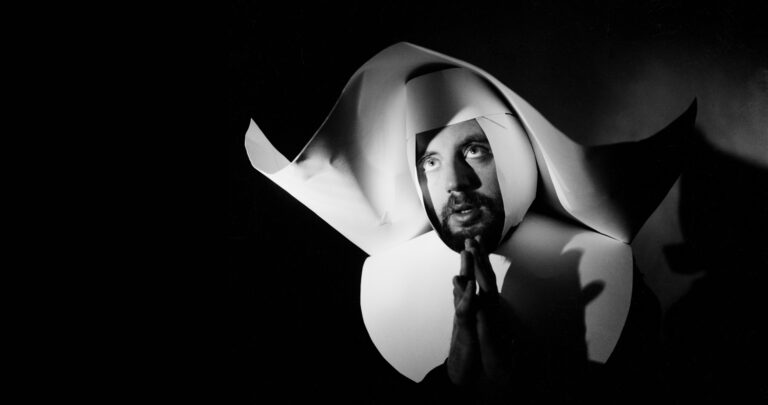curatorial text
Vanesa Magnetto
A photographic cartography
Esteban Pastorino’s panoramas propose an experience far from everyday consumption, and constant in these times of intensification usage of screens, of the instantaneous images that fleetingly circulate through networks, media and devices. The photographic cartography traced by these panoramas suspends time, for a moment, for a breath. It displays a temporal spatial extension that surrounds both the photographed area and the space where these images are located and displayed.
There is extensive time involved. The “long time exposure” (to be more precise on a technical level) is the one that allow photographing a wide area, a large territory, in a single image. There is a time of aerial travel and photographic drift in which the photographer himself experiments, at a distance, by enabling the devices built by him to take flight and show, how time and space look like through each one of his inventions. The result is an image that is far from the usual mimetic operation of photography. It is a fragment extended in space and time that encourages those of us who see, to see closely, and a little closer too, to then go through the rest of the image and, thus, to see once again.
Even though there are distortions, the photographed space can be recognized, we can read what we see. But, a certain strangeness operates increasingly and resonates with what Vilém Flusser name as “improbable images”, those images that respond to the act of photographing in search of possibilities not contemplated by the photographic program, as not-seen images1. The accentuated panoramic format, the verticality in some of the images, the coexistence of both day and night and, in all, the absence of a central vanishing point that organizes the enunciation and the gaze (hierarchizing the space) make these panoramas distance themselves from what the naked eye can perceive, to display a specific use of the device that generates a translation in movement that tenses and reconfigures what is photographed.
This kind of impossible landscape, which defies the genre both in format and the genre form, is a constant in all Pastorino’s panoramic series, on which he has been working on for more than twenty years. These works move away from the hegemonic photographic concept, both that of traditional panoramic photography and that of the instantaneousness of the image. They dislocate the perspective representation of three-dimensional space and use the aesthetic potential of long time exposure, in combination with the movement of the camera, to generate a photographic structure that becomes an impertinent enunciation that exposes a coexisting among present, past and future. This fusion of times takes on an overhead point of view in these latest panoramas. Most of the images map the photographed territory, replicating the vision that we would have from an airplane or, the one that can reproduce a digital satellite view, with the substantial difference that in these panoramas the idea of the domain or position of space does not operate. Far from the gaze of recognition and strict codification of the territory proposed by Google Earth, the narrowness of these photographs, which contrasts sharply with their extension, forces us to search the path of the fragment for the meaning of the image. As in the equivalent clouds of Alfred Stieglitz2, but from an inverted point of view, Pastorino systematically investigates a region: he flies over it, trims it, traces different paths over it, passing several times through the same point in space to see, how it looks, sooner or later. He generates a mapping of his photographic experience.
When viewing these images, the idea of experience insists on us. Following the lead of Walter Benjamin, around “experience” linked to new ways of narration and perception that can catch glimpses of the indeterminate, the inarticulate, and contain other possible stories3, the pieces in his panoramic series unfold in the exhibition space brushing time against the grain.
The images climb the walls, occupy floors and columns. These works make up an installation that shakes time itself, each time someone looks at them and moves through space, getting closer and further away from the extended fragment to build their own story about a photographed territory.
1 Vilém Flusser (1990), Hacia una filosofía de la fotografía, México: Trillas/SIGMA.
2 Equivalents is a series composed by around two hundred cloud photographs, taken by Alfred Stieglitz, during the 1920s and 1930s.
3 The concept of “experience”, linked to the notion of “History and histories”, can be traced in Walter Benjamin (1989), Thesis of philosophy of history. In Interrupted Speeches I, Buenos Aires: Taurus.
view more
exhibition
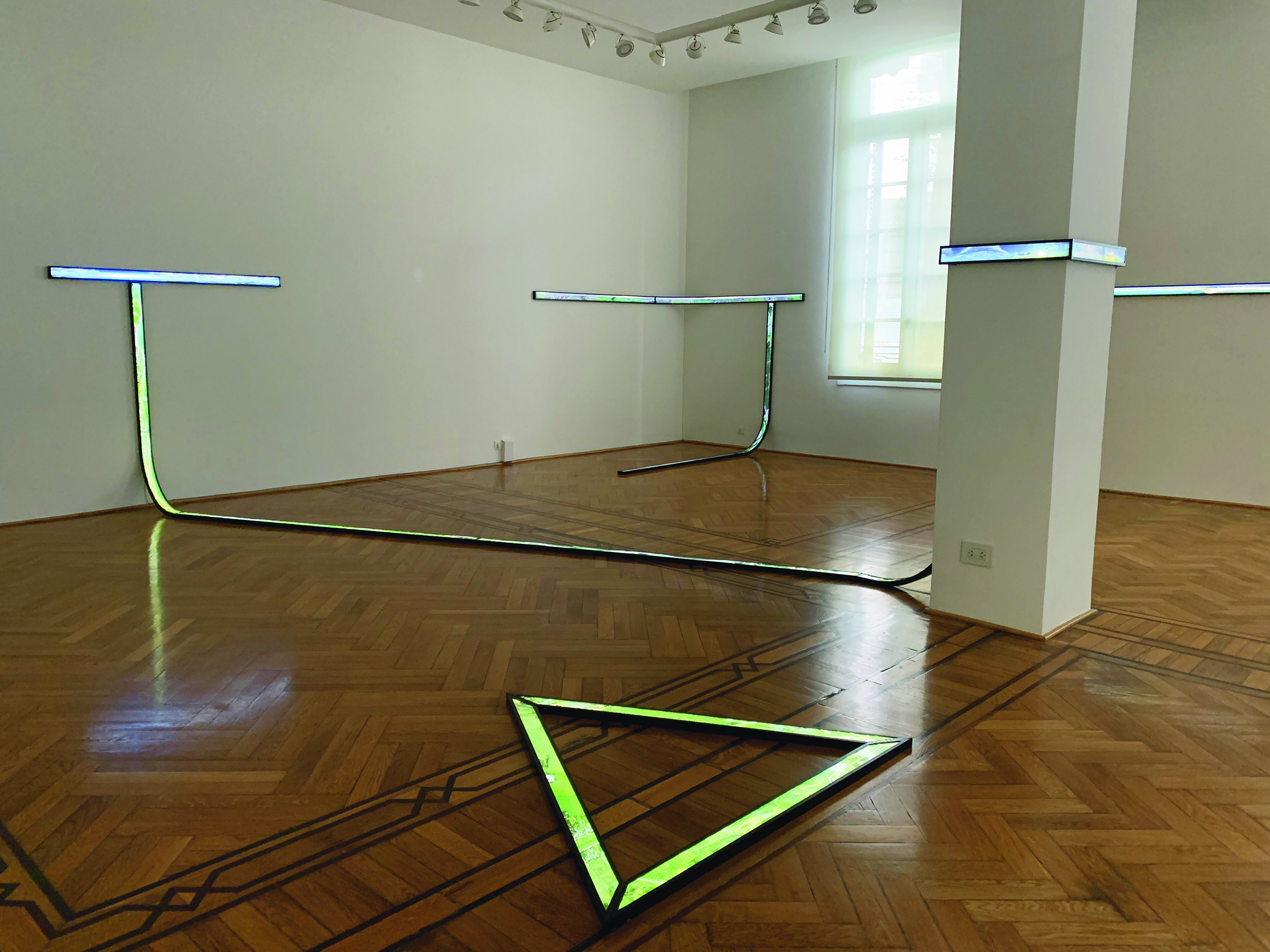

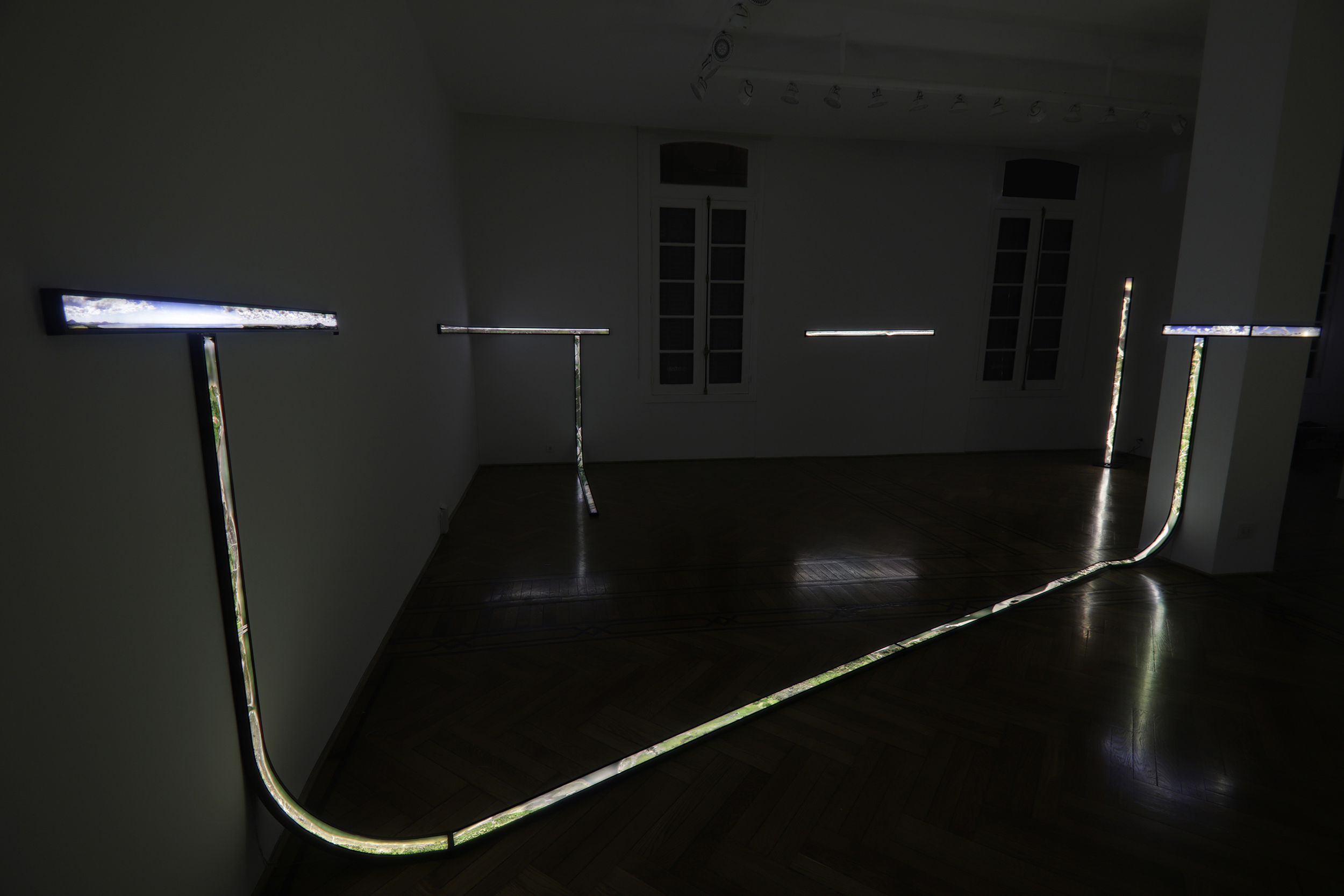
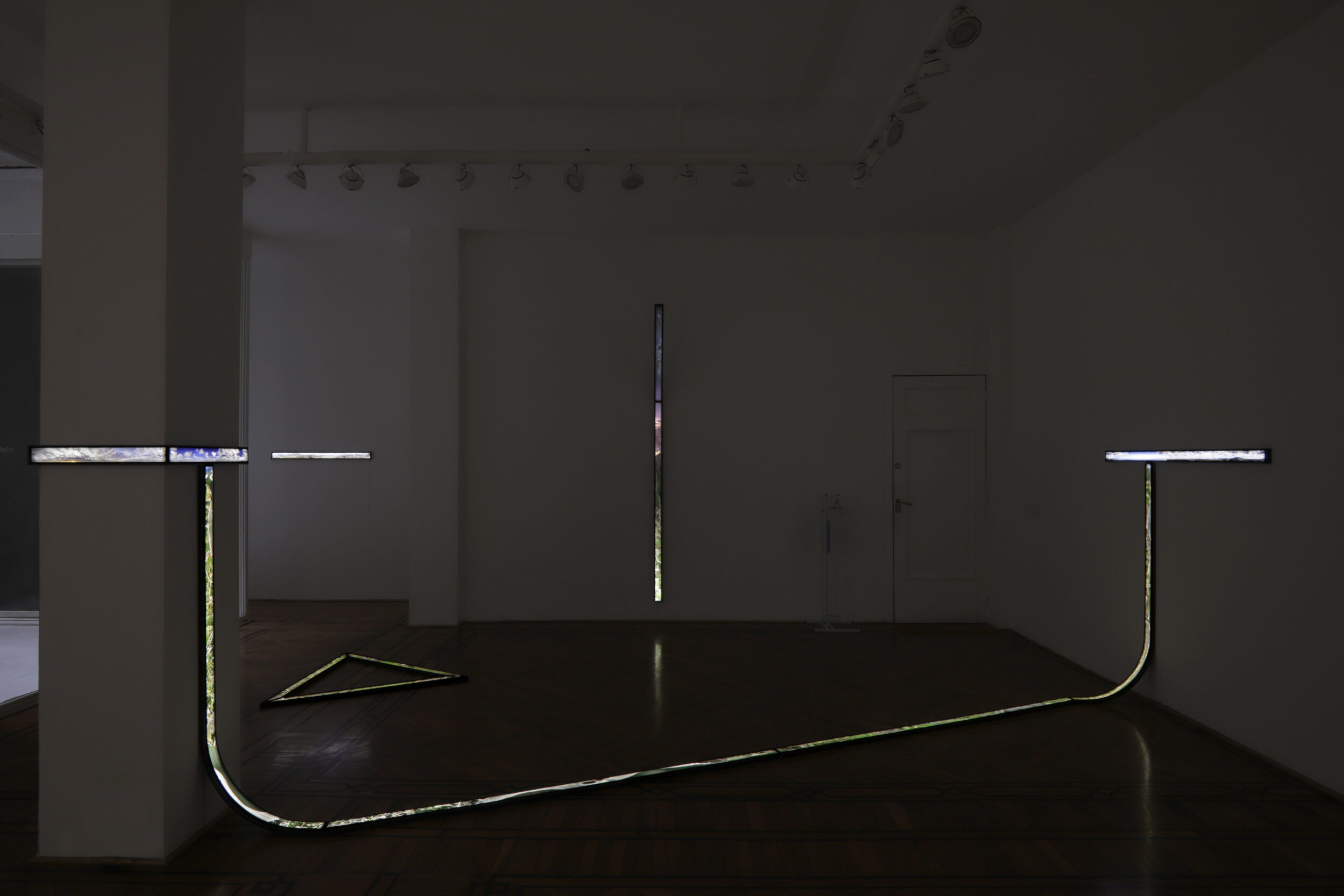
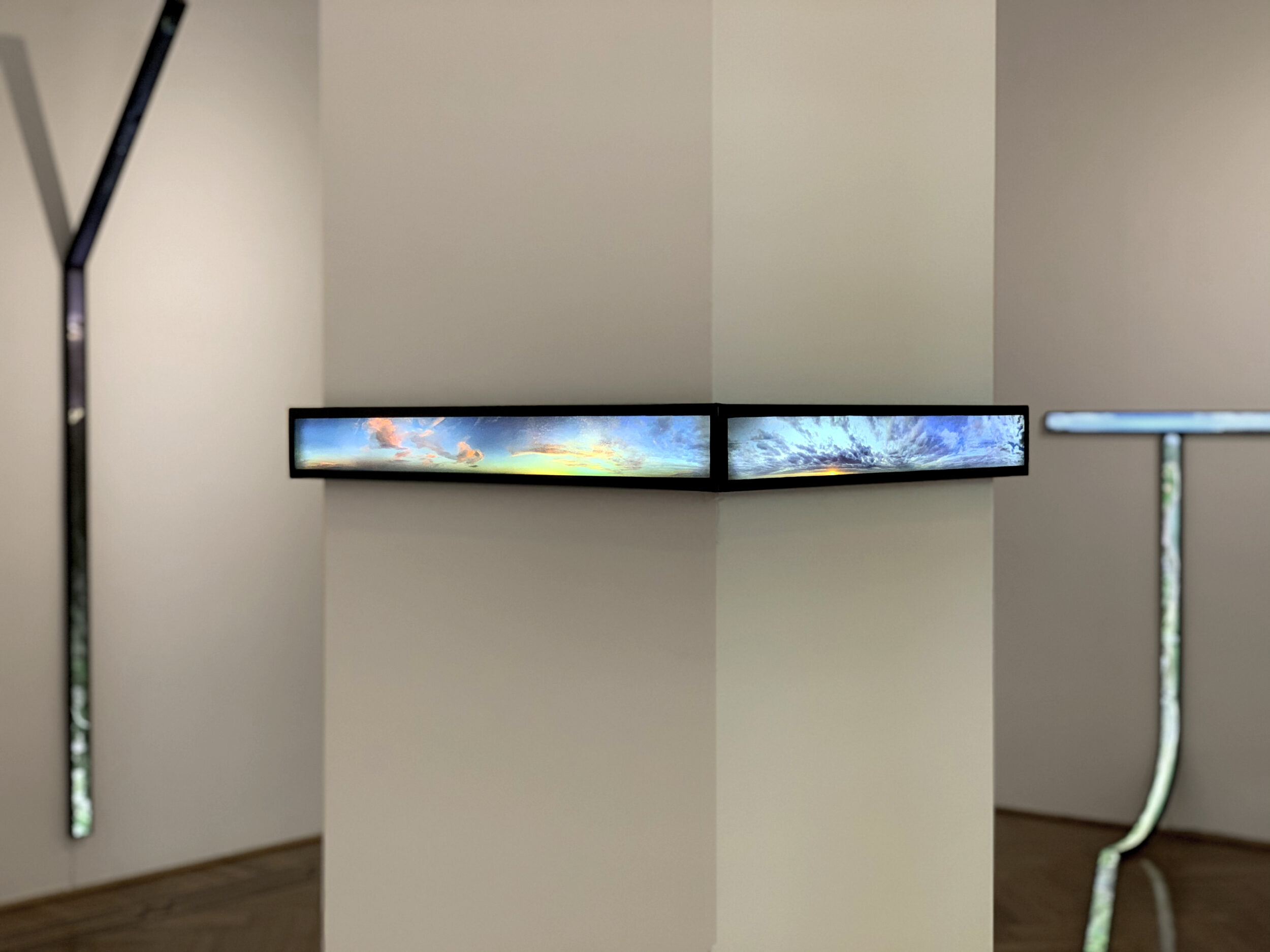


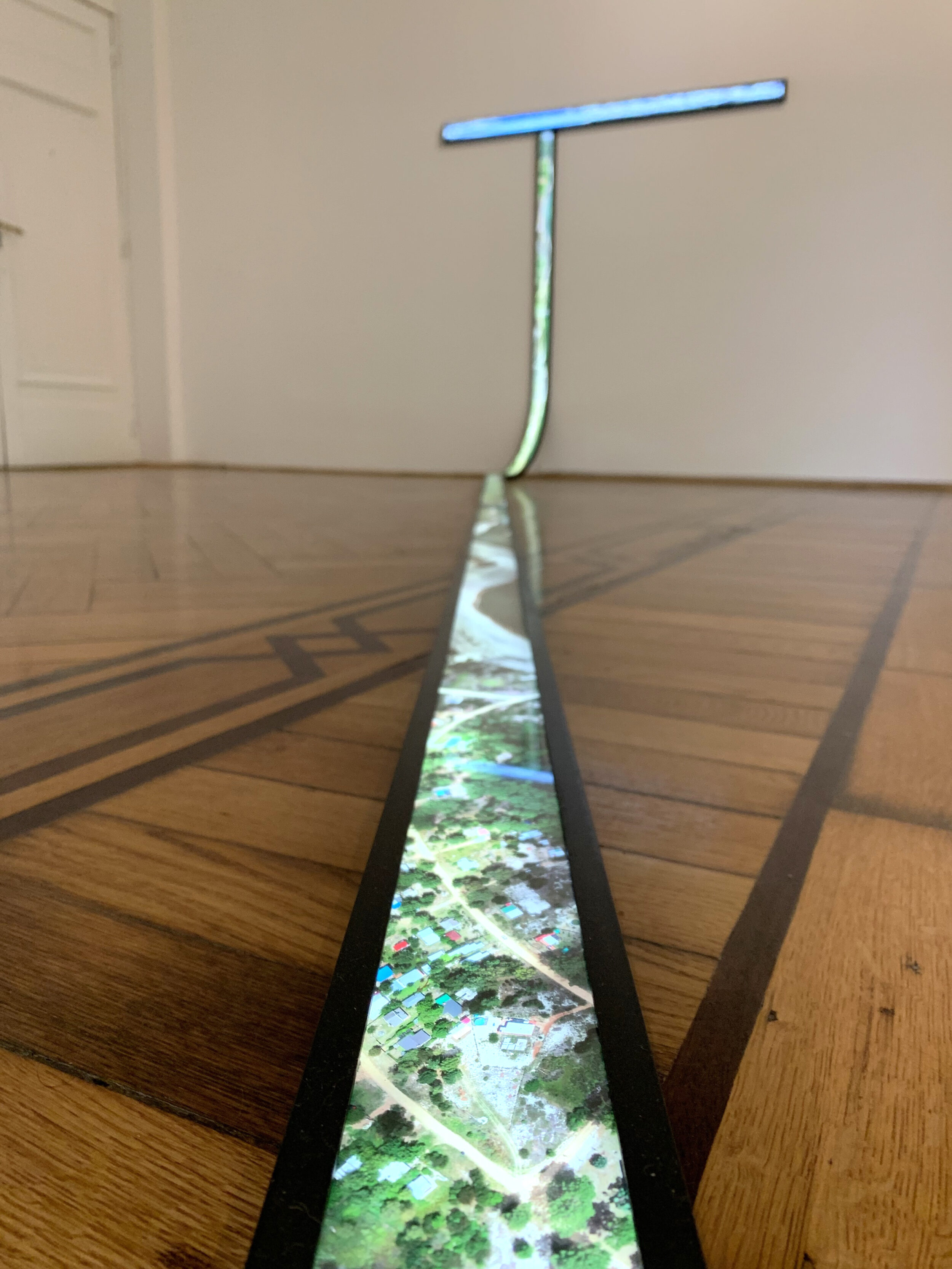

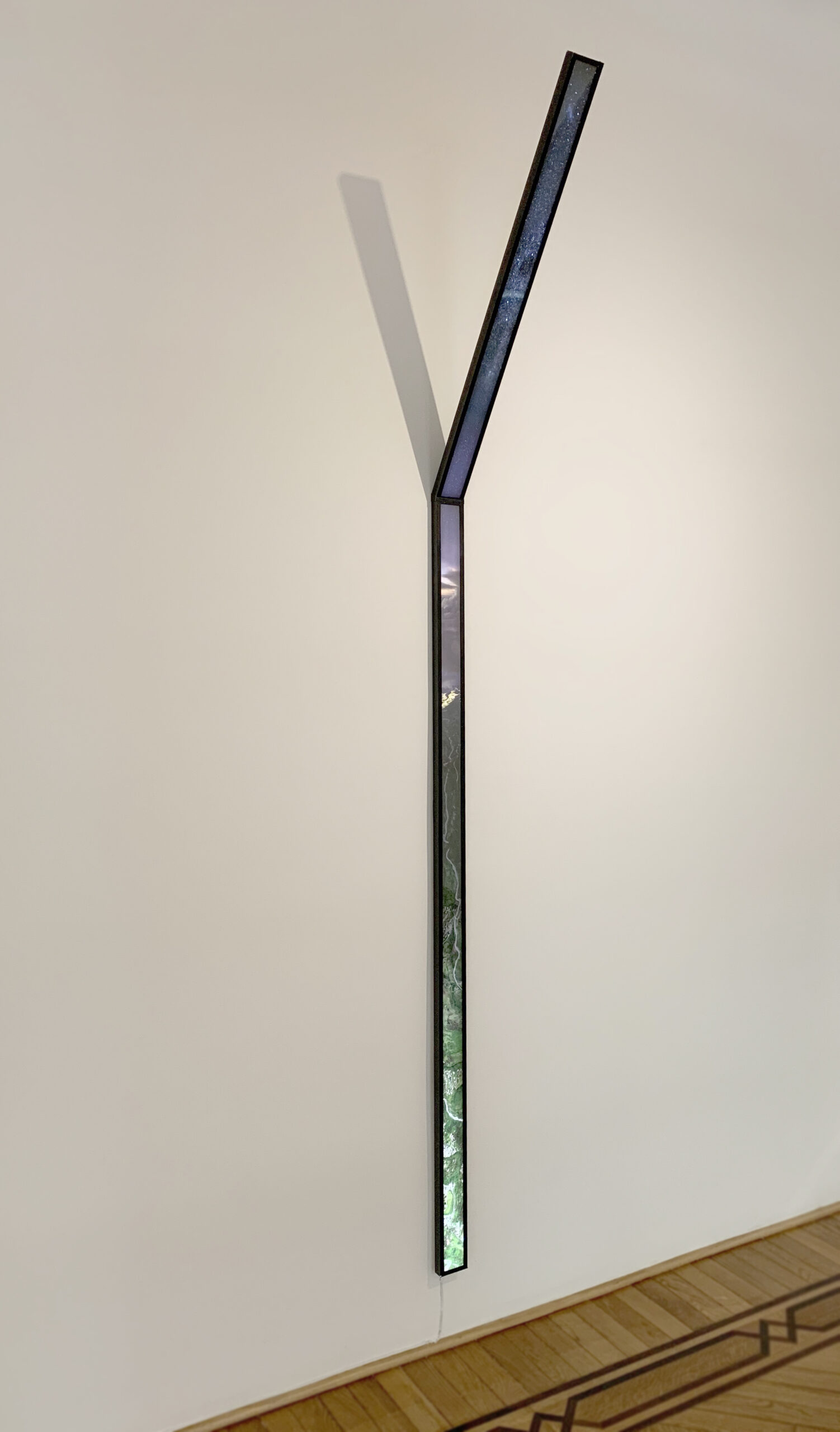
press
other exhibitions
Axel Straschnoy, Beto De Volder, Clorindo Testa, Emilio Pettoruti, Enio Iommi, Esteban Pastorino, Gyula Kosice, Manuel Espinosa, Marcela Cabutti, Matilde Marin, Rogelio Polesello, Romina Ressia, Romulo Macció · 12.12.2023 - 15.02.2024
Indefinit
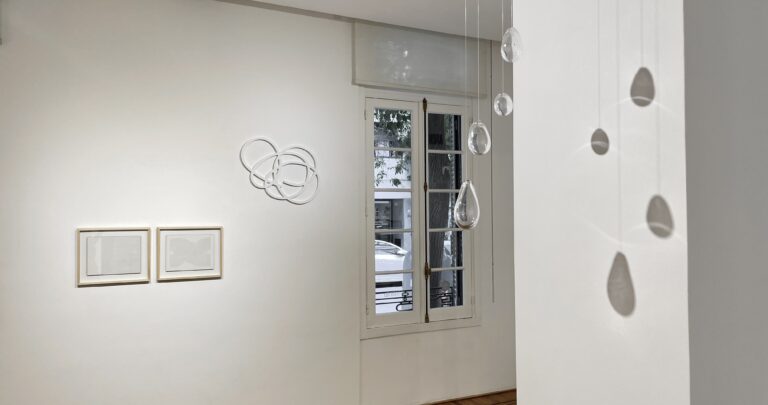
Axel Straschnoy · 02.11.2023 - 29.12.2023
Brave the Heavenly Breezes
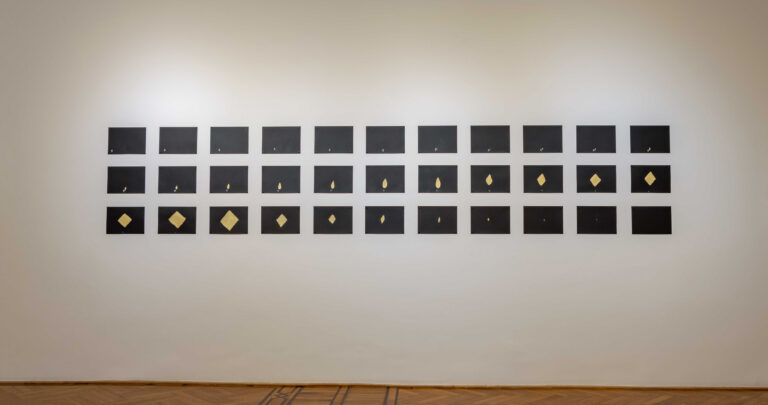
André Komatsu, Enio Iommi, Clorindo Testa · 23.08.2023 - 31.10.2023
Hiato
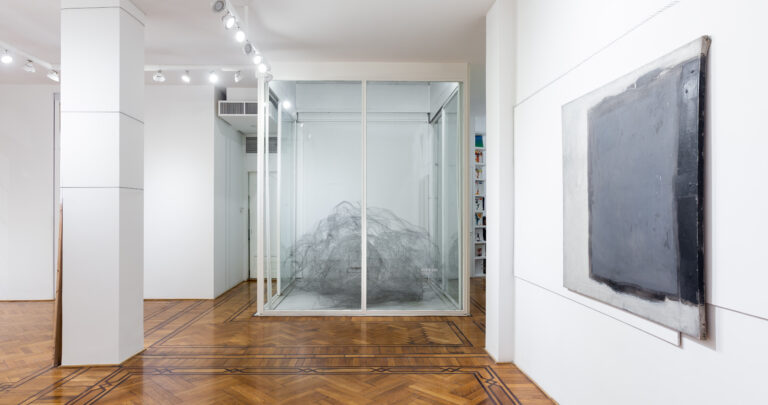
Mariela Vita · 12.07.2023 - 16.08.2023
GEJIGEJI
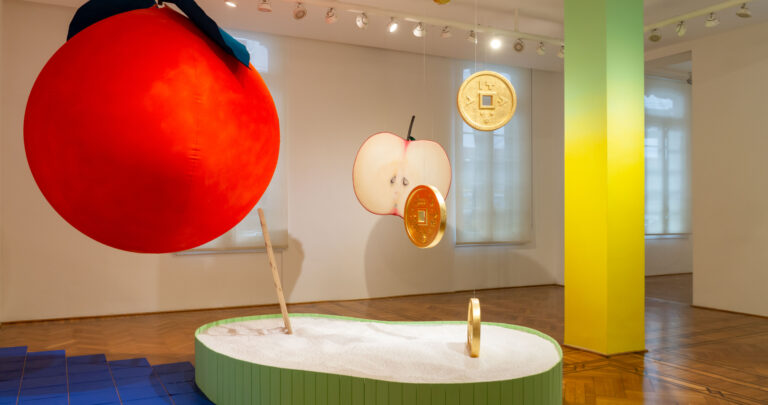
Polesello, Aizenbeg, Kosice, Vardanega, Le Parc, Iommi, Puente, Arden Quin, Espinosa, Demarco, Straschnoy, De Volder, Pastorino, Imola, Batistelli, Cabutti, Reyna · 09.02.2023 - 15.03.2023
Eléctrico/ ecléctico
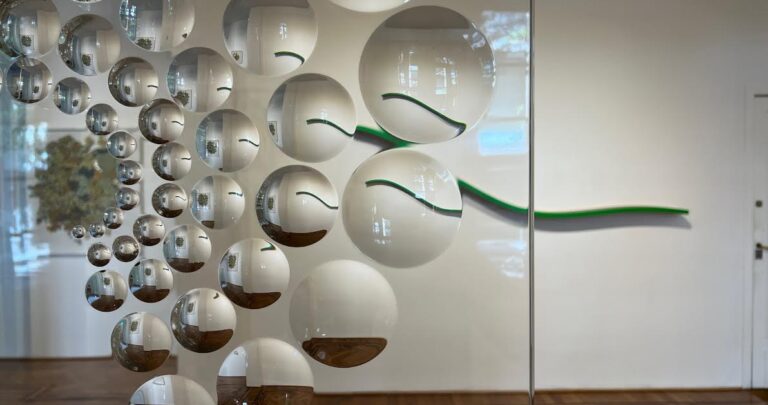
Fabiana Imola & Aníbal Brizuela · 16.09.2022 - 02.12.2022
Inside, the shapes. They move alone
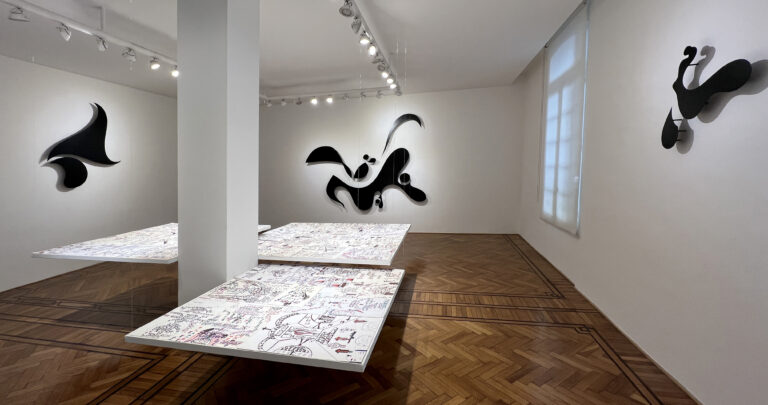
Romina Ressia · 09.06.2022 - 25.08.2022
Grow flowers
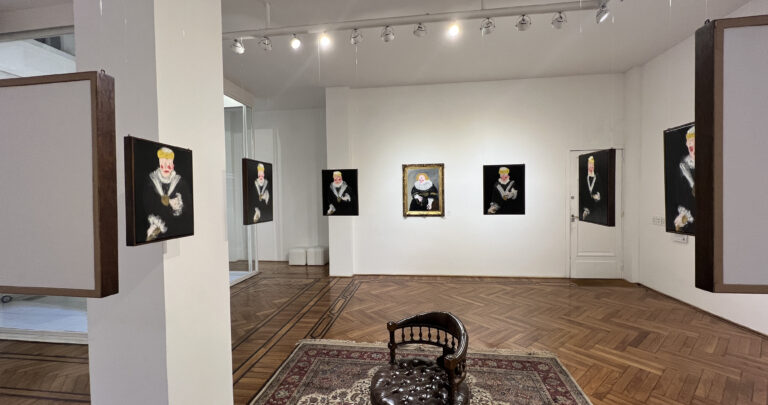
Martín Reyna · 11.03.2022 - 03.06.2022
Color in transit
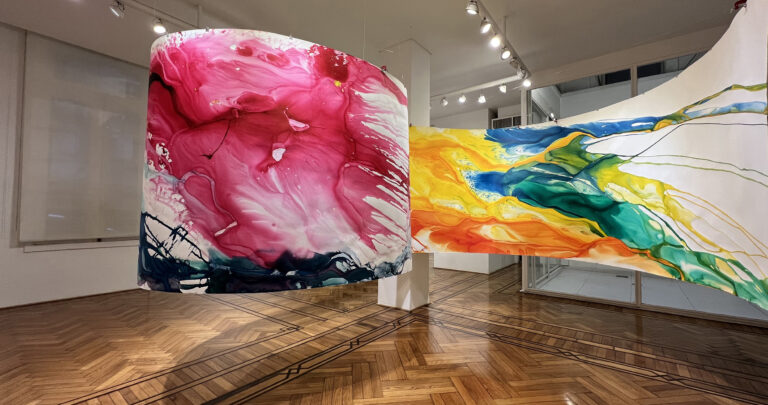
Matilde Marín · 08.02.2022 - 02.03.2022
25FPS

Clorindo Testa · 11.11.2021 - 31.01.2022
Testa, projects and other games

Cabutti, De Volder, Reyna, Imola, Ventoso, Ressia. · 05.10.2021 - 22.10.2021
Group Show 2021 II
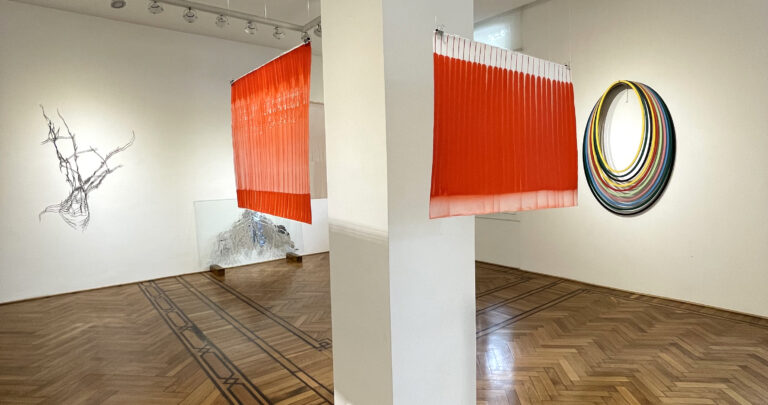
Matilde Marín · 23.07.2015 - 21.09.2015
Undetermined landscapes
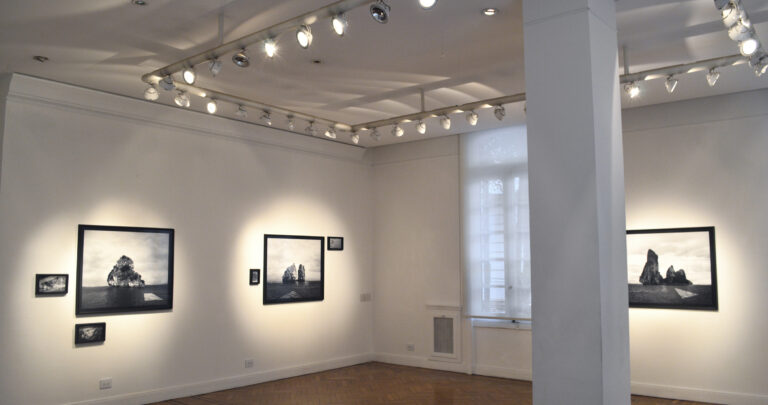
Marcela Cabutti · 16.07.2021 - 22.09.2021
Balcarce, topographic memories of a landscape

Benito Laren · 12.05.2012 - 22.06.2012
Casino
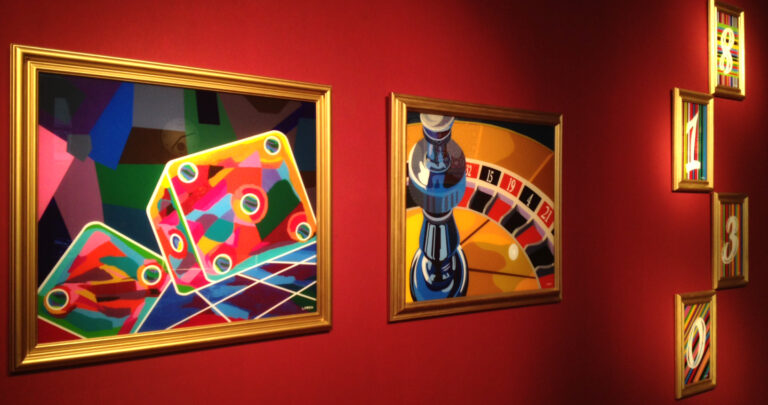
Lila Siegrist · 26.06.2012 - 27.08.2012
Vikinga Criolla
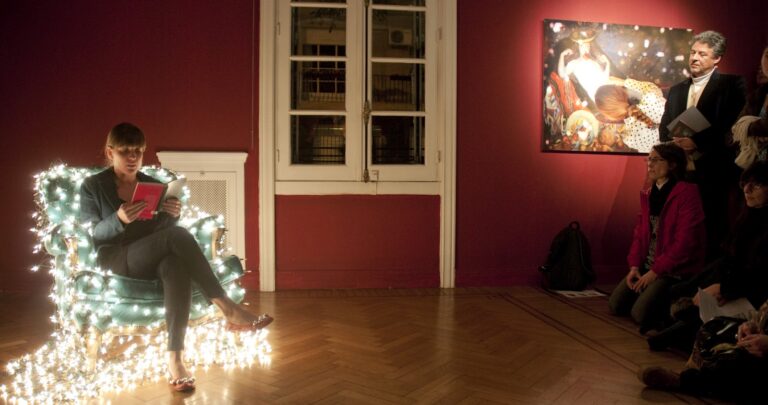
Cárdenas, Imola, Marin, Res, Sommerfelt, Ventoso · 10.08.2012 - 11.10.2012
Morphological confrontations
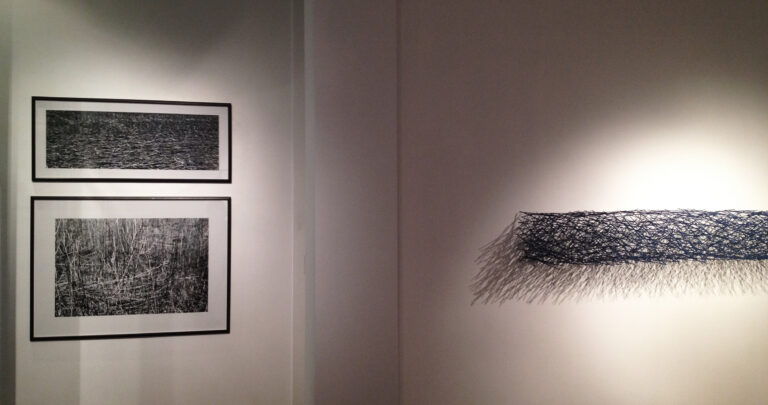
Martin Reyna · 20.09.2012 - 20.11.2012
Reyna in the horizon of color

Romina Orazi · 04.12.2012 - 04.02.2013
Subject to infinite division
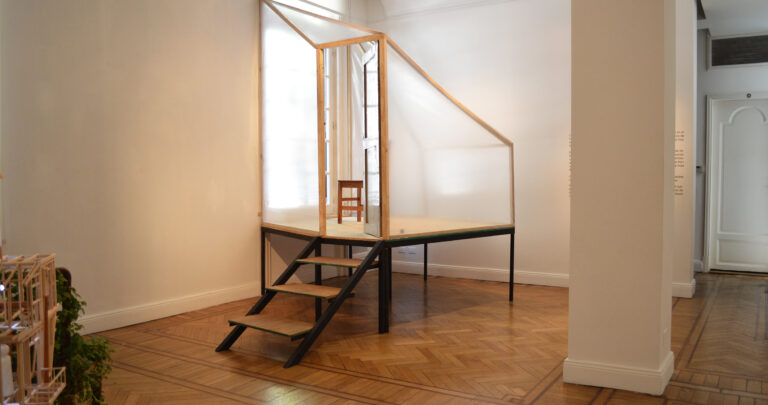
Aizenberg, Boto, Espinosa, Iommi, Lozza, Le Parc, Kosice, Silva, Tomasello, Vardánega · 01.06.2013 - 31.07.2013
Dimensional
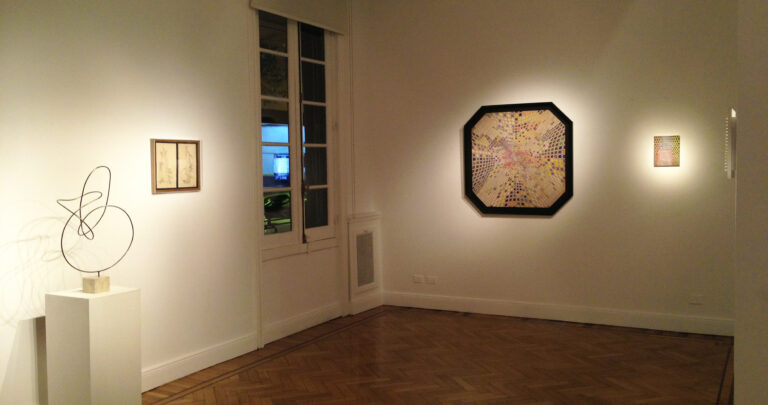
Antoniadis, Marín · 07.09.2013 - 07.11.2013
Double contrast
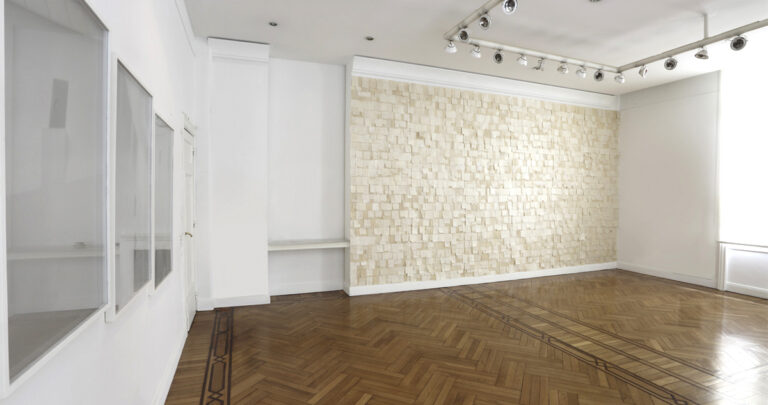
Andrés Sobrino · 28.03.2013 - 30.05.2013
Andrés Sobrino
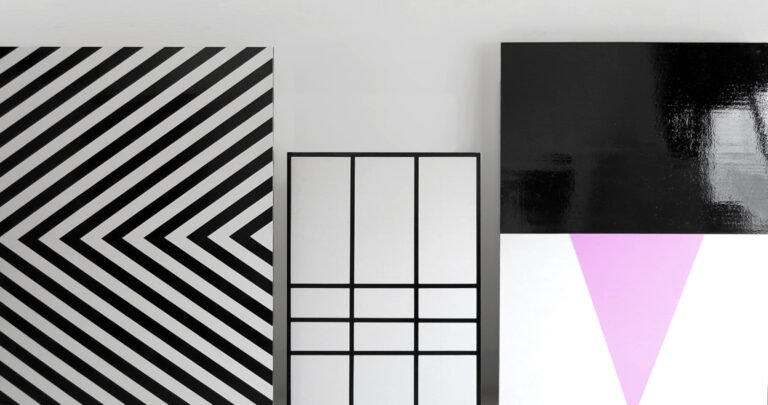
Antoniadis, Cabutti, Laren, Reyna, Florido, Sobrino, Straschnoy, Tarazona, Ventoso · 20.12.2013 - 15.02.2014
Universus
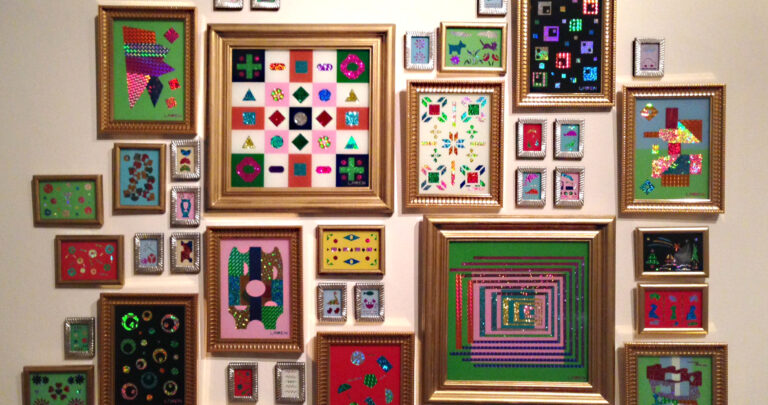
Elena Dahn · 25.03.2014 - 26.05.2014
Elena Dahn

Marcela Cabutti · 15.07.2014 - 15.09.2014
Finding meaning through shapes

Axel Straschnoy · 12.11.2014 - 19.01.2015
La Figure de la Terre
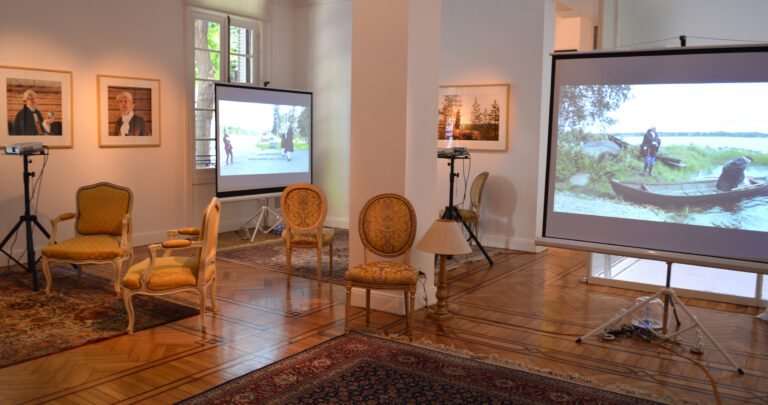
Fusilier, León, Quesada Pons y Vega · 15.03.2015 - 30.04.2015
Limbo

Luciana Levington · 28.05.2015 - 24.07.2015
Luciana Levinton

Leo Battitelli · 12.11.2015 - 12.01.2016
Gargalhadas

Hasper, Scafati · 10.02.2016 - 11.04.2016
Womens’ double
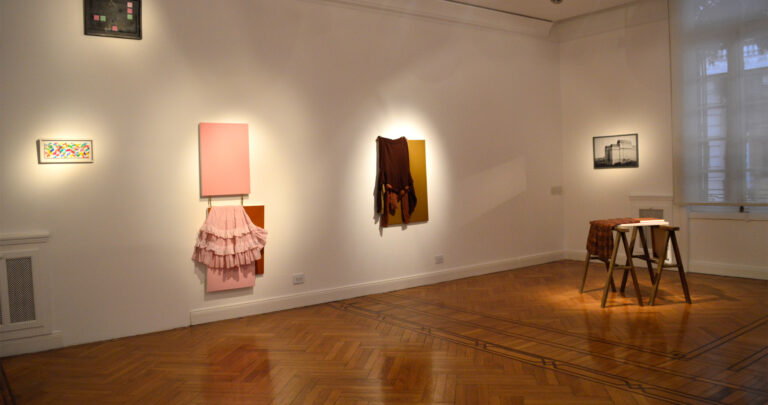
Axel Straschnoy · 12.05.2016 - 13.06.2016
Today, great tomorrow!, in the pines wind blows from the past.

Arden Quin, Boto, Demarco, Espinosa, Iommi, Le Parc, Lozza, Polesello, Puente, Silva, Testa, Tomasello · 07.06.2016 - 05.08.2016
Masters of the avant-garde

De Volder, Sobrino · 11.08.2016 - 10.10.2016
Andres Sobrino and Beto De Volder
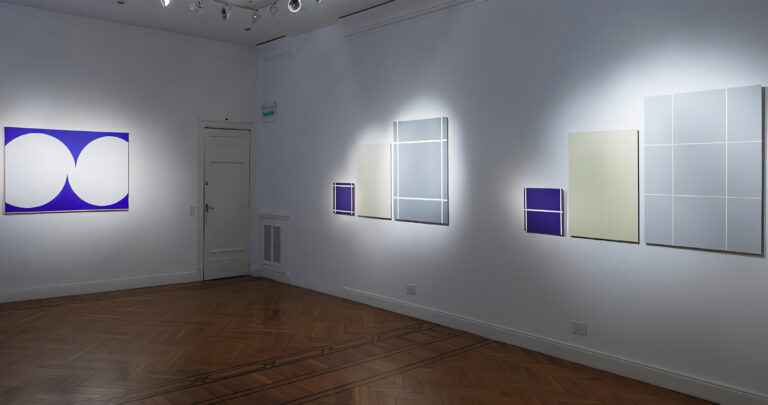
Battistelli, Cabutti, Cacchiarelli, Sobrino, De Volder · 02.01.2017 - 28.02.2017
2017 Group Show
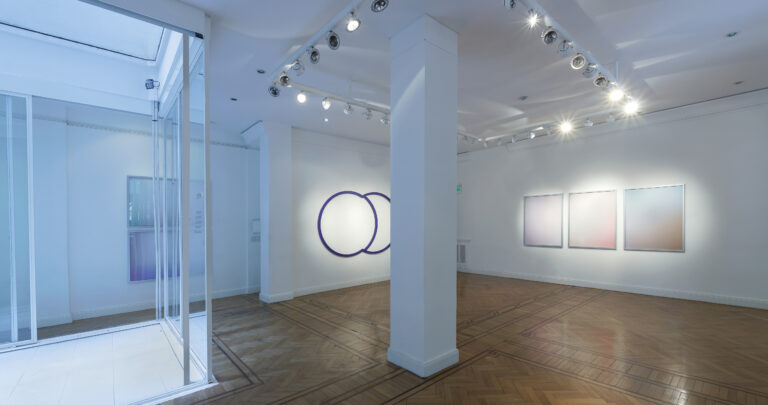
Fabiana Imola · 28.02.2017 - 14.04.2017
The forest, the rain and other scenes
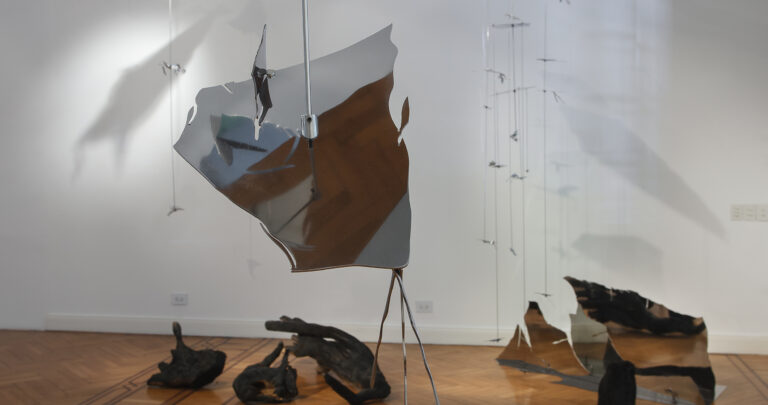
Alberto Heredia · 06.09.2017 - 11.10.2017
Alberto Heredia
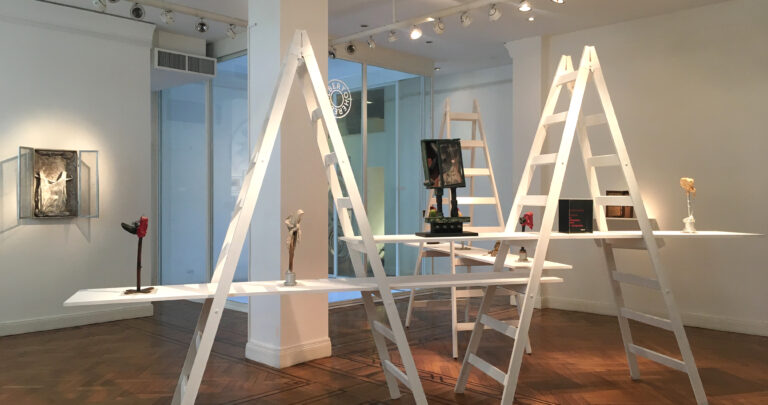
Federico Manuel Peralta Ramos · 31.10.2017 - 29.12.2017
Federico Manuel Peralta Ramos
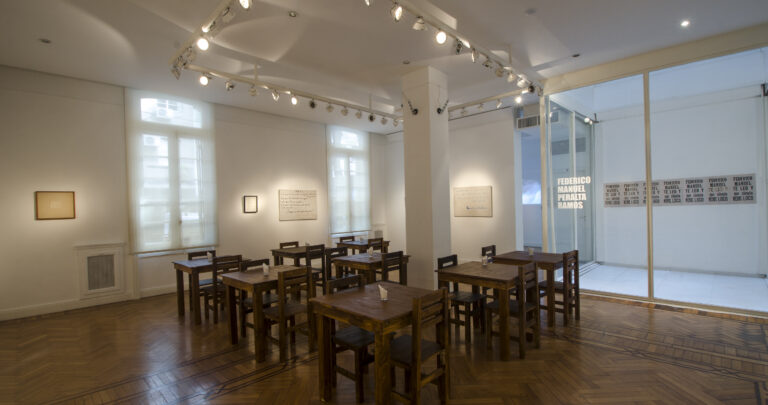
Marcela Cabutti · 10.11.2017 - 31.01.2018
About the effective distance between objects

Luciana Rondolini · 15.02.2018 - 15.04.2018
End
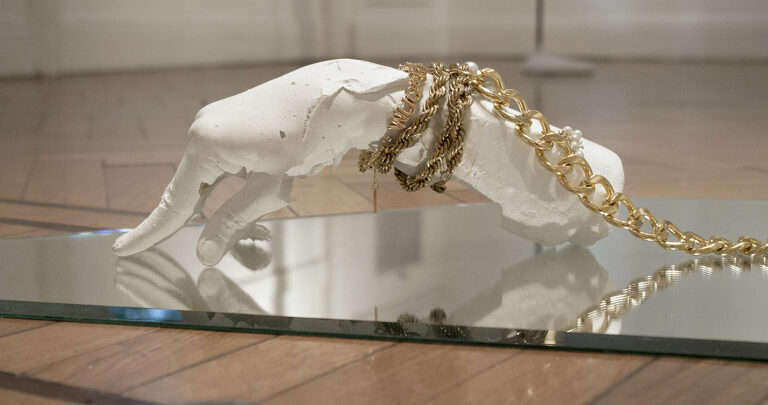
Estanislao Florido · 27.04.2018 - 01.07.2018
The disenchanted object
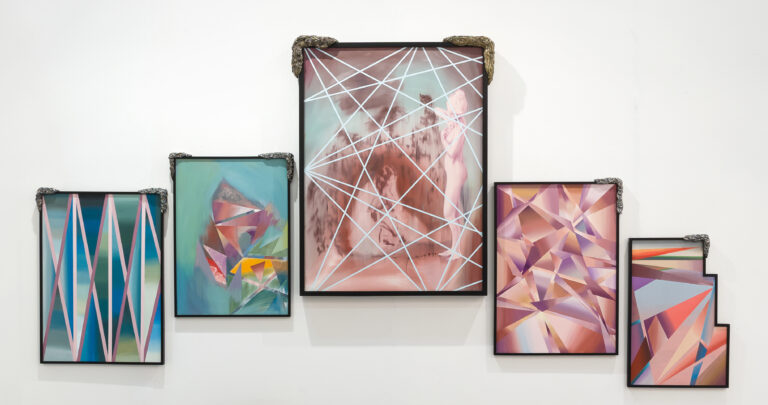
Battistelli, Cabutti, Marín, Straschnoy, Ventoso, De Volder · 06.07.2018 - 31.08.2018
2018 Group Show

Rogelio Polesello · 06.09.2018 - 20.12.2018
Vortex
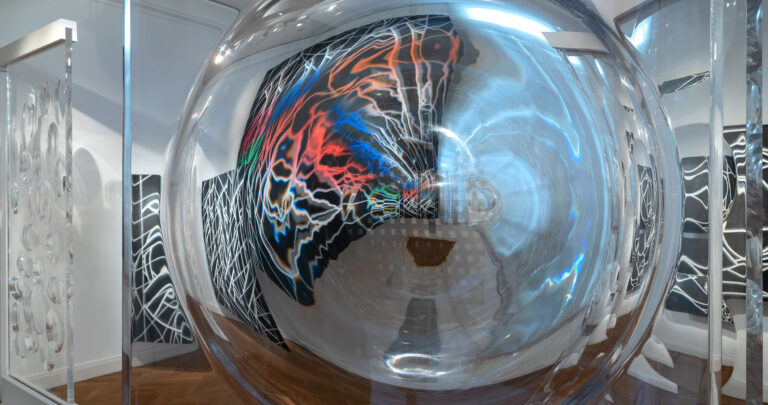
Cabutti, Imola, Marín, Reyna, Rondolini, Straschnoy, De Volder · 27.02.2019 - 03.04.2019
2019 Group Show

Alberto Greco · 04.04.2019 - 31.08.2019
The bad handwriting

Matilde Marín · 25.09.2019 - 31.12.2019
As the blue smoke of Ítaca is spotted

Marín, Imola, De Volder, Reyna, Florido, Straschnoy, Pastorino · 08.02.2021 - 01.04.2021
2021 Group Show
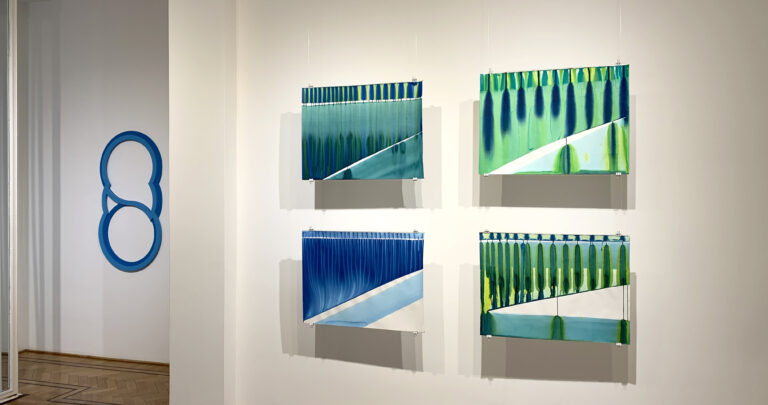
Alberto Greco · 06.04.2021 - 30.06.2021
LA PITTURA È FINITA. Poses and impostures of Alberto Greco in Italy
